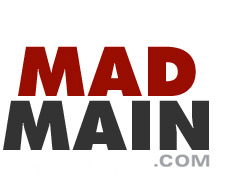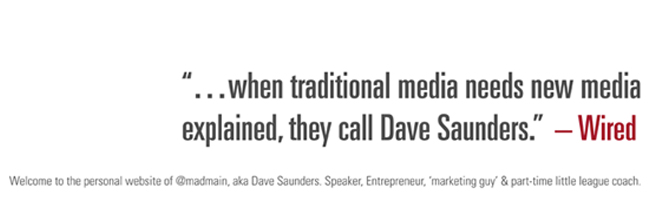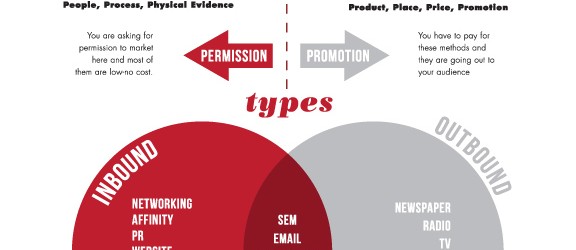In a sense, social media is one big cocktail party… with 1 billion guests. And like an actual cocktail party, many of the same etiquette rules apply. You wouldn’t attend a social event in order to shamelessly self-promote and you certainly wouldn’t ignore everyone else in the room, so why do so on social media platforms like Facebook, LinkedIn, YouTube and Twitter? Unfortunately, many people make this mistake. So with some insight from the OneForty Blog and some of our own suggestions, here are a few Social Media Etiquette Rules by which you should abide.
Don’t be selfish.
Ever go to a cocktail party only to sit alone and carry on a conversation with yourself? Of course not! Sure, social media allows you to set up personal and professional profiles that can help promote your ideas and your business, but don’t forget that there is still a “social” aspect to it. Twitter, Facebook and blogs are meant to provide information, spark conversations and engage users, and, like in real life, they require you to listen and converse with others. We recommend setting filters to tag blog posts, tweets or Facebook updates that you find relevant. From there, start a conversation, but be sure to take the time to respond to others. Once you begin interacting, you’ll find that social media can be not only a great promotional tool, but also a great resource.
Know when to take the conversation offline.
It’s happened to all of us at some point. You approach a group at a gathering and somehow manage to sneak your way ever-so-slyly into position so that you can hear the conversation, except no one acknowledges you. Instead, they carry on a lengthy debate while you nod in agreement but have no earthly clue what they’re talking about. Sucks, doesn’t it? Your followers on Twitter follow you because they’re interested in what you have to say. However, when you choose to carry on a personal conversation using @ replies, you’ve left the rest of your followers lost in the dark (and probably annoyed!) Direct @ replies are useful, and sometimes necessary, as long as you don’t get too carried away. If you’re interested in addressing someone beyond two or three replies simply send a direct message, email or even call that person. Your other followers will greatly appreciate it.
Know your audience.
If you were going to an event for work, you would dress and act in a more professional manner than you would if you were going to a close friend’s birthday dinner. Similarly, your business prospects are not interested in seeing a YouTube video of you dressed in a sombrero taking tequila shots at the local Mexican joint. While linking all of your social media platforms seems like an ideal option, it often comes with a price. Each social media platform serves a different purpose and speaks to a slightly different audience. If your contacts on LinkedIn differ from those on Facebook, your content should as well. You’ll get better responses and find it more beneficial when you tailor content specifically to each platform.
You are not a robot.
You’re not feeling well and you can’t make it to the party. Bummer! But don’t worry, because there’s always the option to send a robot in your place. Sounds crazy, right? But that’s essentially what you’re doing with automated Tweets regarding a product, service or blog post. Or even better… the automated DM. Have you ever met a person who just loves getting automated DMs? Didn’t think so. While scheduling posts can be helpful in some instances, using them consistently is impersonal. They’re no different from automated customer service lines that leave you muttering “Can’t I just talk to a real person?” So avoid the auto messages and let your followers press “0” to speak with a living, breathing human being.
Build your social circle gradually.
Your friend introduces you to a great guy and you both instantly hit it off… but that doesn’t mean he’s going to put a ring on your finger the following day. Building a relationship is something that takes time. The same can be said of social media “relationships.” Unless you’re Charlie Sheen, chances are you won’t be able to gain 1 million Twitter followers in less than 24-hours. Building up your fan base isn’t going to be instantaneous. And it shouldn’t be! If you’re looking for followers who are sincerely interested in you and what you have to say, then they’re worth effort and patience. Gaining true followers will help validate your brand as well as yield better results in the long run.
Treating your social media accounts as you would your social life is a good way to approach promoting yourself and your brand in the digital realm. When you look at it that way, it’s easier to understand the best way to interact with and engage users. Now get out there and socialize!
Read More →


